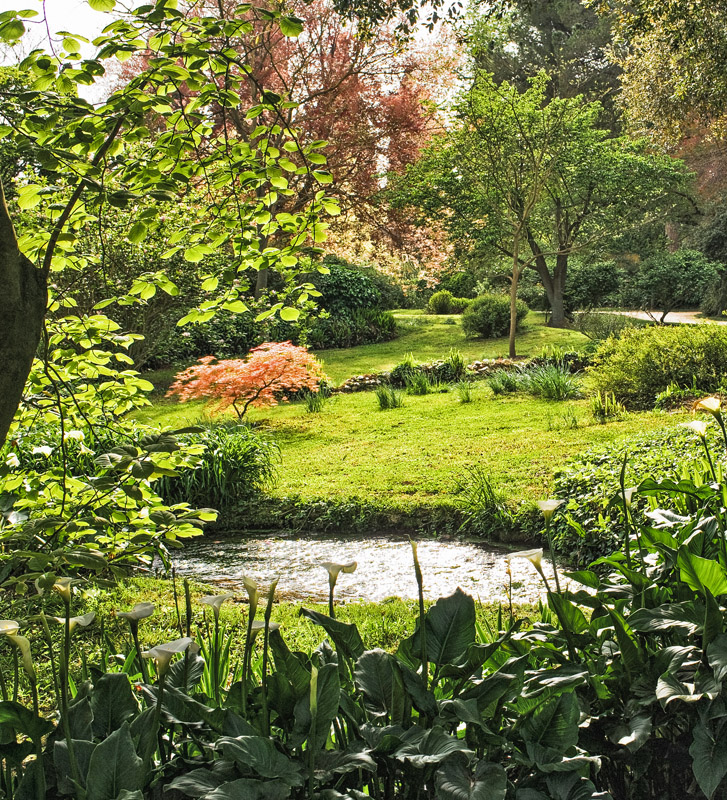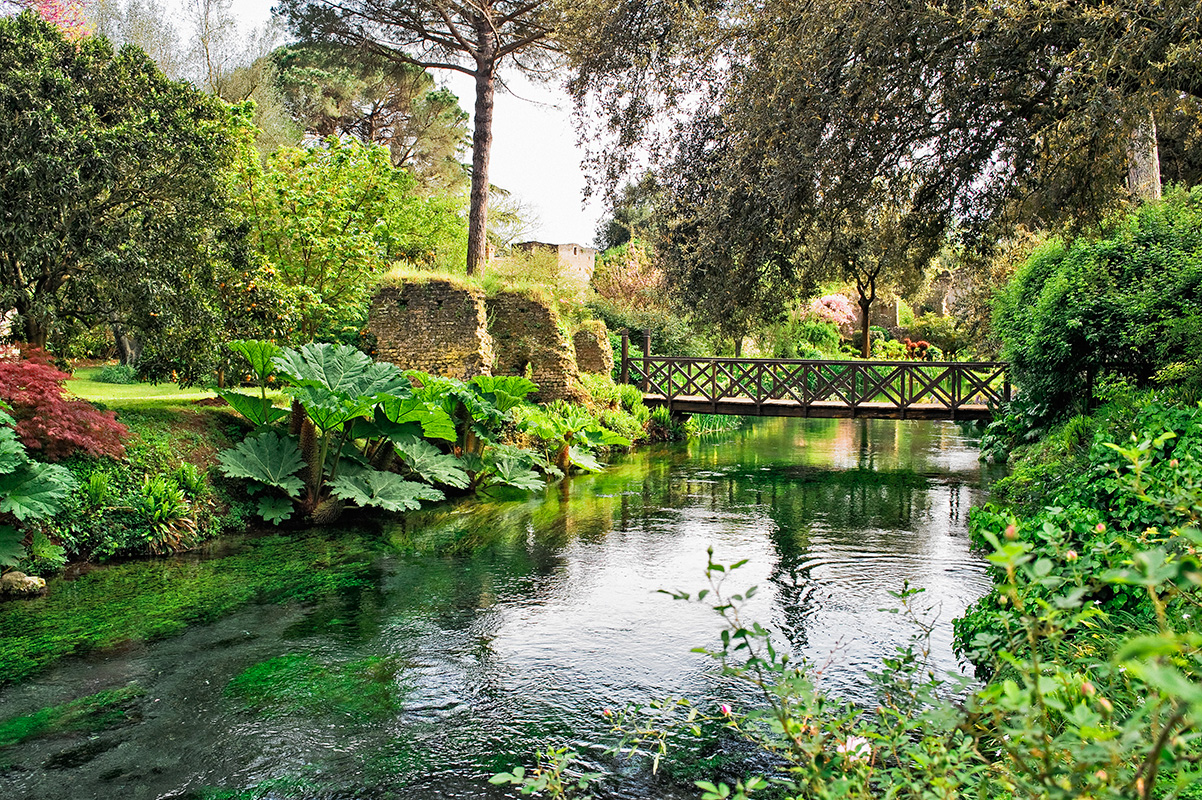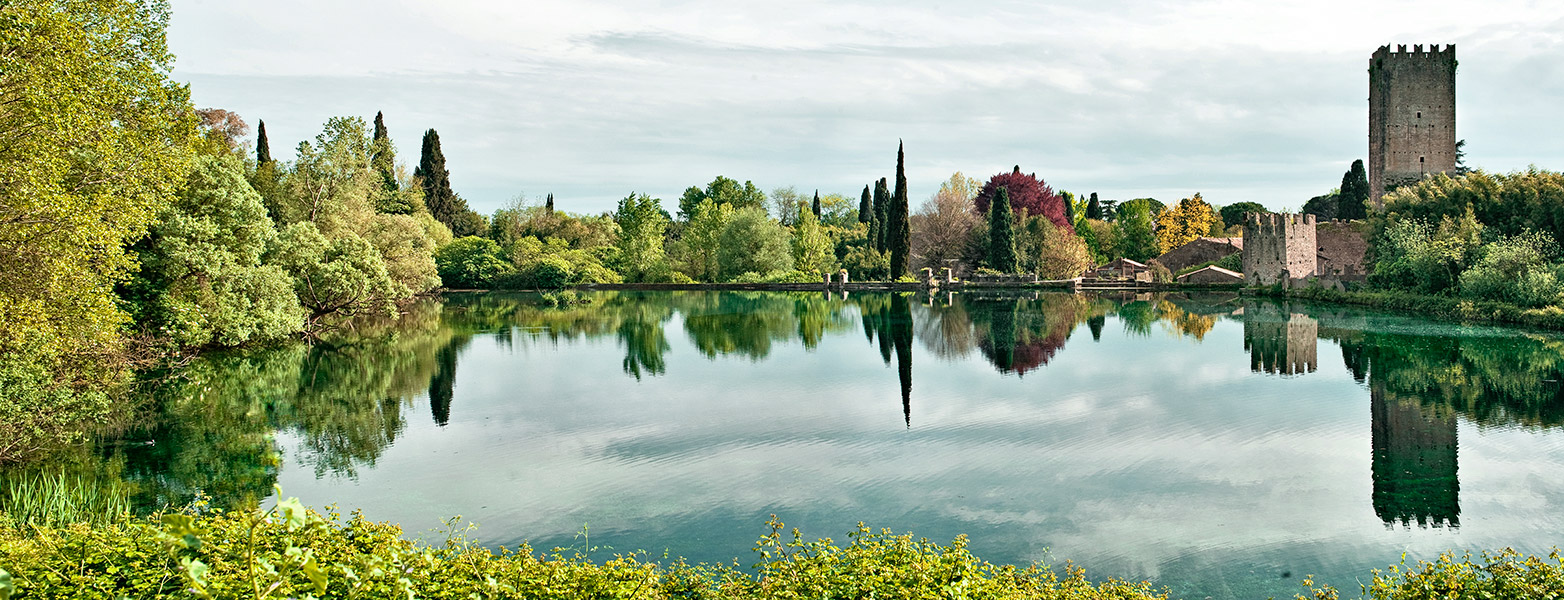
Feminine Bialetti
17 September 2015
17 December 2014

The xenophilic attitude is typically Italian and I must admit that when Cristina Morozzi told me the title of this issue of The Moodboarders, even my neurons were mobilised en masse towards non-Italian thoughts. Yet a latent nationalism, in spite of the country’s political and cultural hardships, still occupies a good portion of my heart, and reminded me of one of the most fascinating places of my childhood. The Garden of Ninfa (in southern Lazio) is a treasure trove of natural garden design, so much so that the New York Times has elected it “the most beautiful and romantic in the world.” Designed as a “hortus conclusus” by Francesco da Volterra in the 16th century by the will of Nicholas III Caetani, after centuries of political transformations and neglect, it was recovered in the nineteenth century and transformed by the Caetani heirs into an Anglo-Saxon styled garden, complete with various streams. Nineteen varieties of trees find home among the ruins of the old city: magnolia, birch, water iris, Japanese maples and cherry trees, but also avocado, banana and giant rhubarbs from South America. To protect the balance of this environmental heritage, access of visitors are limited to a few days a year … it is worth while jotting them down in agenda.




The xenophilic attitude is typically Italian and I must admit that when Cristina Morozzi told me the title of this issue of The Moodboarders, even my neurons were mobilised en masse towards non-Italian thoughts. Yet a latent nationalism, in spite of the country’s political and cultural hardships, still occupies a good portion of my heart, and reminded me of one of the most fascinating places of my childhood. The Garden of Ninfa (in southern Lazio) is a treasure trove of natural garden design, so much so that the New York Times has elected it “the most beautiful and romantic in the world.” Designed as a “hortus conclusus” by Francesco da Volterra in the 16th century by the will of Nicholas III Caetani, after centuries of political transformations and neglect, it was recovered in the nineteenth century and transformed by the Caetani heirs into an Anglo-Saxon styled garden, complete with various streams. Nineteen varieties of trees find home among the ruins of the old city: magnolia, birch, water iris, Japanese maples and cherry trees, but also avocado, banana and giant rhubarbs from South America. To protect the balance of this environmental heritage, access of visitors are limited to a few days a year … it is worth while jotting them down in agenda.



The Moodboarders is a glance into the design world, which, in all of its facets, captures the extraordinary even within the routine. It is a measure of the times. It is an antenna sensitive enough to pick-up on budding trends, emerging talents and neglected aesthetics. Instead of essays, we use brief tales to tune into the rhythm of our world. We travelled for a year without stopping, and seeing as the memory of this journey has not faded, we have chosen to edit a printed copy. We eliminated anything episodic, ephemeral or fading, maintaining a variety of articles that flow, without losing the element of surprise, the events caught taking place, and the creations having just bloomed.